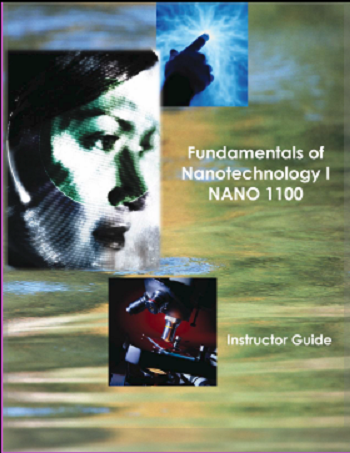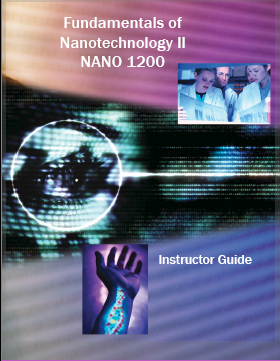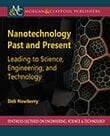Books

Fundamentals of Nanotechnology 1 - Instructor Guide
by Deb Newberry
Effort supported by DCTC
Nanotechnology 1100, provides an introduction into nanoscience and includes the history of nanotechnology and also an introduction into the tools used to study the world at the nanoscale.

Fundamentals of Nanotechnology 2 - Instructor Guide
by Deb Newberry
Effort supported by DCTC
Nanotechnology 1200, focuses on the material science, chemistry and physics aspects of the nanoscale. The course begins with the discussion of elemental attributes and how environment can impact properties and performance of the starting material.

Nanotechnology Past and Present
by Deb Newberry
Nanoscience and nanotechnology, the application of the research-based nanoscale science, have changed significantly over the last three and a half decades.

Nanotechnology, Lessons from Nature
by Deb Newberry
As long as humans have existed on the planet, they have looked at the world around them and wondered about much of what they saw. This book covers 21 different phenomena that have been observed in nature and puzzled about for decades.

Nanotechnology: Applications to Space Exploration
by Deb Newberry
Synthesis Lectures on Engineering, Science, and Technology.
The convergence of 1) the intensification of space exploration and 2) the increasing understanding of the world at the atomic and molecular level, nanotechnology, has resulted in a synergy of discoveries and innovations. The result of this synergy may result in leaps in the exploration beyond the surface of the earth but also improve life on our home planet.

The Next Big Thing Is Really Small: How Nanotechnology Will Change the Future of Your Business (Crown Business Briefings)
by Deb Newberry
Although nanotechnology deals with the very small—a nanometer is 1/80,000th the diameter of a human hair—it is going to be huge. From the food we eat, the clothes we wear, and the products we manufacture to the composition of our bodies, everything is made of atoms. And if we can manipulate the atom, then that changes the rules of the game for almost every product.

